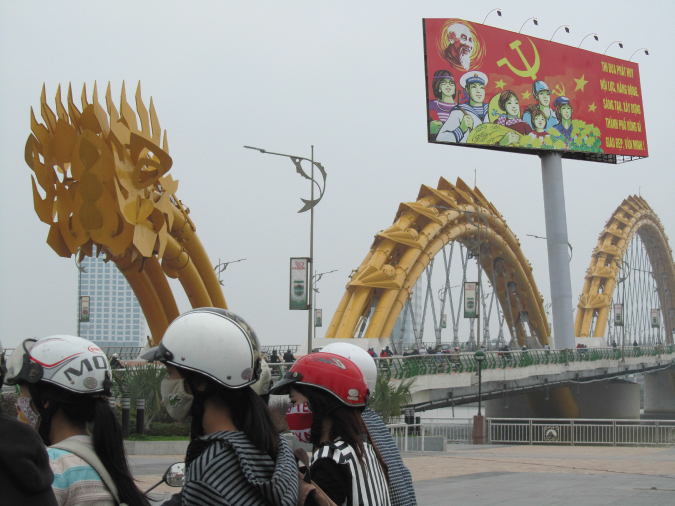Chapter 5Vietnam

I – Confucius
Yamaha, Honda and Sym rule Vietnam's streets – 37 million motorbikes for a population of 90 million. There's no parallel in the world.1
They swarm like wasps in every space, disregarding traffic lights and pedestrian crossings, riding on the wrong side of the road, on pavements, even into shops.
The lack of order on the road applies equally to the most visible part of Vietnam's $171 billion economy.2 Ho Chi Minh City, or Saigon, is one giant market. Every house has a stall or café outside. The few spaces between parked bikes are cluttered with tables and tiny red plastic stools that level your knees to your elbows.3
Vietnam ushered in private enterprise in 1986 with its version of Deng Xiaoping's opening up, known here as Doi Moi, or renovation. Amidst the market bustle on every street flies the Communist Party red flag with yellow star, along with posters, banners and statues of the Vietnam War leader Ho Chi Minh.
“This isn't the communism I studied in the classroom,” says Andy Ho, the chief investment officer of Vietnam's biggest money manager, VinaCapital. “People are free to build hotels, sell coffee, buy a car, and most people are free to say what they want – as long as you don't become disruptive.”
While commerce is overwhelmingly private and informal, big industry is firmly under the state's control in a system riddled with corruption. The ...
Get Frontier: Exploring the Top Ten Emerging Markets of Tomorrow now with the O’Reilly learning platform.
O’Reilly members experience books, live events, courses curated by job role, and more from O’Reilly and nearly 200 top publishers.

